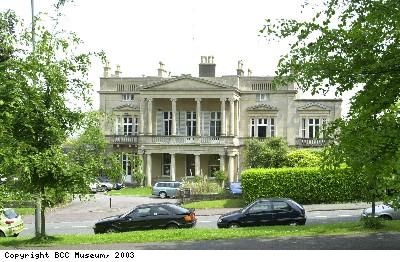John Pinney
Charles Pinney
John Pinney was determined that his sons should succeed him in the business and gave them a good education. John Frederick was required to spend some time on the island of Nevis before settling down as a Bristol merchant. Part of the estate was transferred to him and a few new slaves were purchased to increase the existing workforce. Unfortunately he did not become a good businessman and was a disappointment to his father. John Pinney’s second son, Azariah, died young. It was Pinney’s youngest son, Charles, who inherited his father’s business skills.
Charles took over the business and inherited a share of his father’s fortune. He increased that fortune by his own business dealings. Before John Pinney’s death in 1818, aged nearly eighty, he gave his Bristol house to Charles. When John Pinney died his assets were valued at £340,000 (about £17 million today). Charles went on to become Mayor of Bristol in 1831 and was in office during the Bristol Riots. He kept number 7, Great George Street, even after he moved to Camp House, Clifton (now known as Engineers House) only selling number 7 in 1861.
Charles still owned property and slaves on the island of Nevis. When slavery ended in 1834, slave owners were compensated by the British government for each slave freed. A total of £20 million (£1,000 million at todays values) was paid in compensation. Charles Pinney claimed about £36,000 (about £1,800,000 today), as his share of this compensation. This was for slaves he owned outright and for those on plantations where he and his partners were owed money from loans they had made on the property. It is not clear whether they received the whole sum claimed.

 Links with Nevis
Links with Nevis Mountravers
Mountravers Pero
Pero Back to Bristol
Back to Bristol The abolition movement
The abolition movement Hard times
Hard times Treatment of slaves
Treatment of slaves Life as a plantation owner
Life as a plantation owner The young Pinney
The young Pinney Charles Pinney
Charles Pinney

